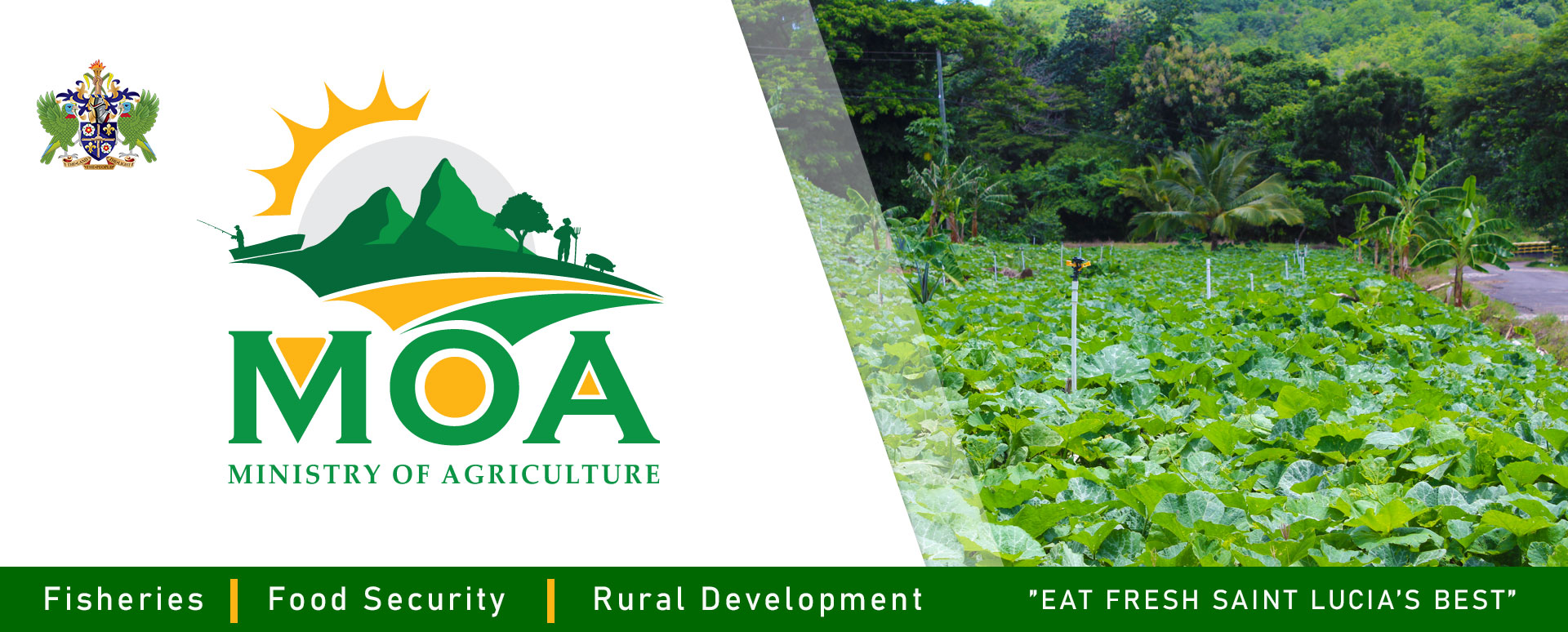
New Bird Species
October 31 2024
- What are my thoughts?
The scientific recognition of the Saint Lucia Wren (Troglodytes mesoleucus) and the Saint Lucia White Breasted Thrasher (Ramphocinclus sanctaeluciae) as two separate bird species belonging to St. Lucia is a great boost for our island’s biodiversity. Already, St. Lucia is one among the Eastern Caribbean islands with the highest level of bird endemicity and the recognition of these two birds as Caribbean endemics strengthens this status. The Saint Lucia White Breasted Thrasher and the Saint Lucia Wren adds to the already existing five endemic bird species in St. Lucia which are the Saint Lucia Parrot, Saint Lucia Oriole, Saint Lucia Black Finch, Saint Lucia Warbler and Semper’s Warbler.
- What does this mean for St. Lucia?
This signifies that St. Lucia now has seven (7) endemic bird species, meaning birds that naturally exist only in St. Lucia and nowhere else in the world. In addition to the valuable environmental benefits, this has tremendous potential to widen the socioeconomic base of, especially, our rural communities and enhance their livelihoods through nature-based tourism like bird watching.
- What does this mean for the Caribbean?
It adds to the collective number of endemic bird species found only in the Caribbean region and thus enhances its status as a hotspot for island biodiversity, bird watching and ornithological research.
- What advice would you give to the government/ public in protecting these species?
We need to make a deliberate, concerted and collected effort to protect our island biodiversity on a whole in order for us to enjoy the pleasures and environmental benefits that they contribute. Priority needs to be placed on the protection of wildlife habitats in St. Lucia. Instead of the constant degradation, fragmentation and contamination of our natural environment, we as St. Lucians, with national pride, need to appreciate the gift that nature has given to us and use it in a sustainable manner so that the benefits can be enjoyed now and perpetuated to future generations.
Pius Haynes
Assistant Chief Forest Officer

